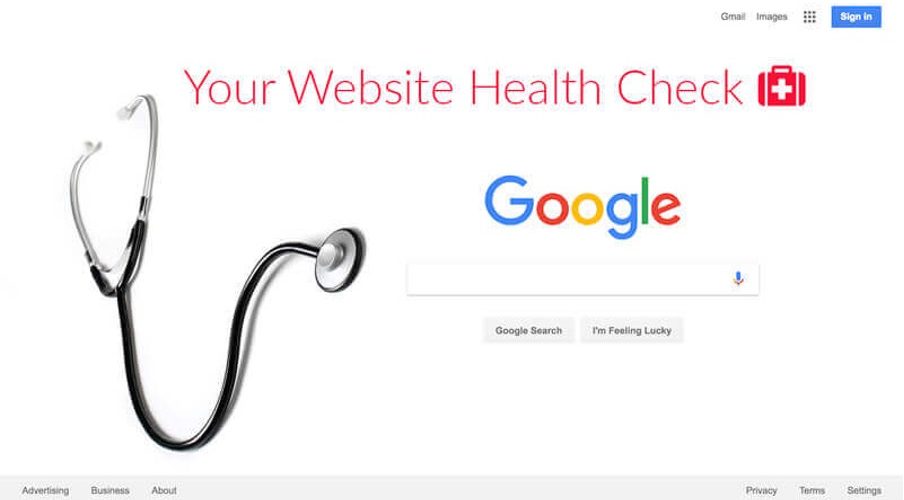Follow these techniques to pass Google’s page experience standards and outrank your competitors.
Google started ranking Core Web Vitals in 2021. All mobile and desktop searches were updated in February 2022.
Since then, Google has developed new web speed technologies and tested a new performance measure.
What do Core Web Vitals signify for rankings?
Core Web Vitals:
- How fast did the biggest picture or text appear?
- First Input Delay—how fast does the site react to user input?
- Cumulative Layout Shift: does the page move after rendering?
The Chrome User Experience Report gathers these metrics from actual users. These metrics boost search rankings.
Priority suggestions speed up websites.
Priority Hints, a new HTML feature introduced by Chrome in April, allows website administrators to highlight key content. For photographs with the most contentful paint, this is helpful.
Page pictures load with low priority by default. Before rendering the page, the browser can’t distinguish whether an image element will be the hero image or a little symbol in the footer.
LCP pictures are often imported with low priority and subsequently switched to high priority. That delays the browser’s picture download.
Example: request waterfall. Note the lengthy grey line where the browser knows about the picture but chooses not to load it yet.
Quality site speed checks
Many free site speed tools are online. Many based on Google’s Lighthouse tool employ simulated throttling, which might lead to incorrect data. This includes Google PageSpeed Insights.
New INP metric
Google introduced Interaction to Next Paint in 2022 to develop Core Web Vitals. It monitors user SEO update time following page interaction.
JavaScript changes HTML when a user interacts. The browser must render those page updates to show the new content.
Interaction to next paint addresses two First Input Delay limitations:
FID only considers the initial user interaction.
Greater than 90% of sites perform well on the First Input Delay measure, significantly greater than the other two Core Web Vitals. INP may replace First Input Delay in the future since it better measures website user experience.
Safari supports images better.
Browser manufacturers are always developing new picture formats and platform features to save bandwidth. Unfortunately, all major browsers implement these functions slowly.
Safari improved last year. Safari was the last major browser to support the tiny AVIF picture format. Safari supports native image slow loading with loading=”lazy”.
Remove render-blocking resources.
Render-blocking resources slow down websites. CSS stylesheets and JavaScript requests block rendering, so your website won’t display content until they’re downloaded.
Google improved render-blocking resource reporting to assist website owners optimise page load speed. Chrome DevTools’ new Performance Insights page shows render-blocking queries.
Track Core Web Vitals.
A programme that continually monitors your website helps you verify that your performance optimisations are functioning and alerts you when performance degrades. Examine historical test results to see what changed.





